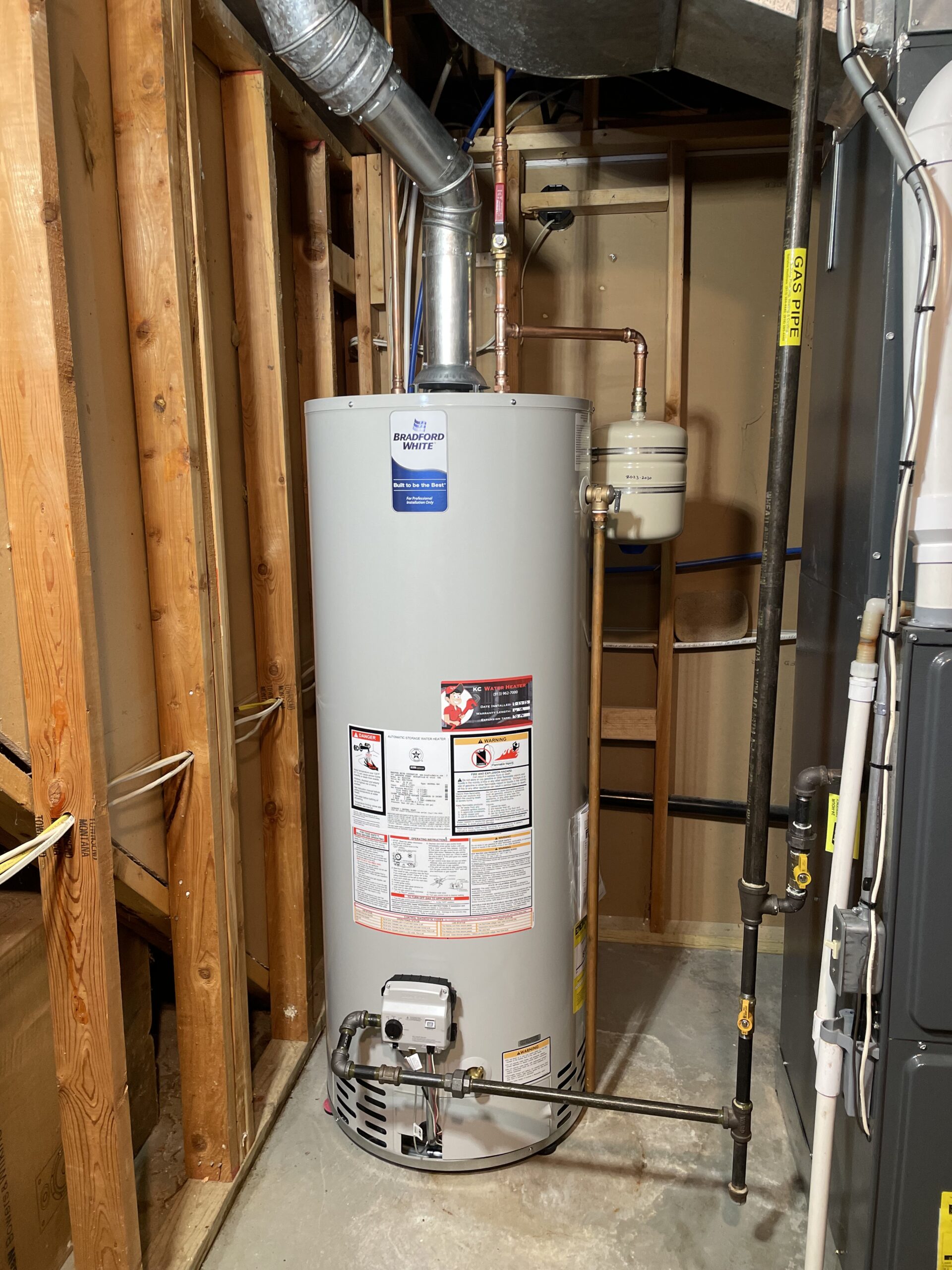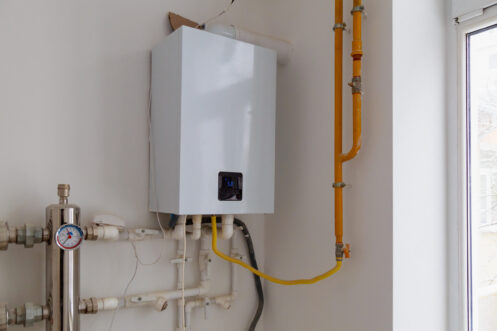Expert Guidance for Caring for Your Home's Hot Water SystemStep-by-Step Guide to Caring for Your Home's Hot Water SystemExpert Advice on Maintaining Your Home's Hot Water System
Expert Guidance for Caring for Your Home's Hot Water SystemStep-by-Step Guide to Caring for Your Home's Hot Water SystemExpert Advice on Maintaining Your Home's Hot Water System
Blog Article
We've discovered this post pertaining to Water Heater Maintenance Tips You Can't Afford to Forget directly below on the web and reckoned it made good sense to quickly share it with you on this site.

Warm water is necessary for day-to-day comfort, whether it's for a revitalizing shower or washing meals. To guarantee your warm water system runs efficiently and lasts much longer, routine upkeep is key. This short article gives practical suggestions and insights on just how to maintain your home's hot water system to stay clear of interruptions and costly fixings.
Introduction
Keeping your home's hot water system may appear complicated, yet with a few basic steps, you can ensure it runs smoothly for many years to come. This overview covers everything from comprehending your warm water system to DIY maintenance pointers and knowing when to call in expert assistance.
Relevance of Maintaining Your Hot Water System
Normal upkeep not just expands the lifespan of your warm water system yet also ensures it operates effectively. Overlooking upkeep can lead to decreased effectiveness, greater power costs, and even premature failing of the system.
Indicators Your Warm Water System Needs Maintenance
Knowing when your hot water system requires focus can prevent major issues. Look out for indications such as inconsistent water temperature level, strange noises from the heater, or rusty water.
Understanding Your Hot Water System
Before diving into maintenance jobs, it's practical to recognize the standard parts of your warm water system. Typically, this includes the water heater itself, pipes, anode rods, and temperature controls.
Monthly Upkeep Tasks
Normal month-to-month checks can aid catch small concerns prior to they intensify.
Purging the Water Heater
Flushing your water heater eliminates sediment buildup, boosting performance and lengthening its life.
Monitoring and Replacing Anode Rods
Anode rods avoid corrosion inside the tank. Inspecting and changing them when broken is vital.
Checking and Readjusting Temperature Level Settings
Readjusting the temperature level settings guarantees optimal performance and security.
DIY Tips for Maintenance
You can do several maintenance tasks yourself to keep your hot water system in top condition.
Looking for Leakages
Routinely inspect pipelines and links for leakages, as these can bring about water damages and higher bills.
Checking Stress Alleviation Valves
Checking the stress safety valve guarantees it operates correctly and avoids too much stress buildup.
Shielding Pipes
Insulating warm water pipes lowers warm loss and can conserve energy.
When to Call a Professional
While DIY upkeep is useful, some issues call for expert proficiency.
Facility Issues Requiring Specialist Assistance
Instances include major leakages, electrical problems, or if your hot water heater is constantly underperforming.
Routine Specialist Upkeep Perks
Expert upkeep can include thorough evaluations, tune-ups, and guaranteeing conformity with security standards.
Verdict
Regular upkeep of your home's hot water system is crucial for performance, durability, and price savings. By complying with these pointers and understanding when to seek specialist help, you can guarantee a reliable supply of warm water without unforeseen interruptions.
Water Heater Maintenance Tips
Test the TPR Valve
Shut off the power and the cold-water supply valve. Place a bucket under the pipe connected to the temperature-pressure-release (TPR) valve on the top or side of the tank. (This valve opens if the tank pressure gets too high.) Lift the valve’s tab to let some water out, then let go. If water keeps flowing, drain the tank partway, unscrew the old valve with a pipe wrench, and install a new one. Check the Anode Rod
Put a hose to the tank’s drain cock and let out a few gallons of water. Now fit a 1 1/16-inch socket onto the rod’s hex head on top of the heater (or under its top plate) and unscrew the rod. If it’s less than ½ inch thick or coated with calcium, buy a new one, wrap its threads with Teflon tape, put it back in the tank, and tighten securely. Use this segmented rod if headroom above the tank is limited. Drain the Tank and Wash Out Sediment
Drain the remaining water in the tank into the bucket, then stir up the sediment on the tank’s bottom by briefly opening the cold-water supply valve. Drain and repeat until clean water comes out of the hose. Close the drain cock, refill the tank, and turn its power back on. Adjust the Temperature
Find the temperature dial on the side of the tank and unscrew its cover. Adjust the dial to 120 degrees using a flathead screwdriver. For every 10 degrees the temperature is lowered, you can expect to save up to 5 percent in energy costs. Turn the water heater off or the thermostat down to its lowest setting if you plan to be away from home for more than three days. Insulate the Pipes
Buy some self-sticking 3/8-inch-thick foam pipe insulation that matches the pipes’ diameter. Slide the foam over the hot-and cold-water pipes as far as you can reach. Insulating the cold-water pipe prevents condensation in summer. Peel the tape and squeeze the insulation closed. If the pipe is 6 inches or less from the flue, cover it with 1-inch-thick unfaced fiberglass pipe wrap. https://www.thisoldhouse.com/plumbing/21016402/how-to-maintain-a-water-heater

I am just very fascinated by Tips For Maintaining Your Hot Water Heater and I am assuming you appreciated the article. Kindly take the opportunity to promote this entry if you enjoyed it. We love your readership.
Book An Appointment Report this page